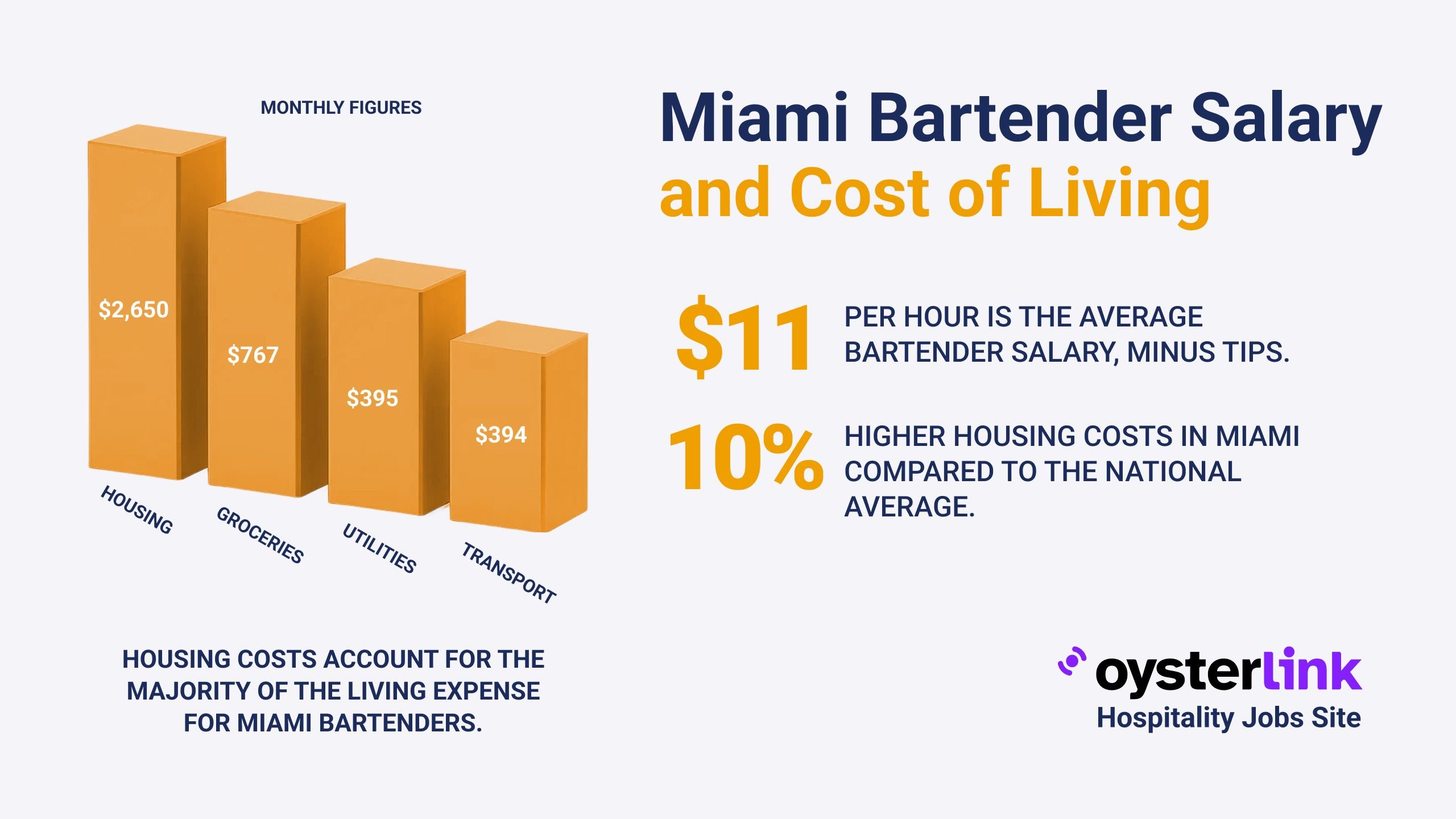California Compliant Job Posting Template: Key Takeaways
- Effective January 1, 2023, California requires employers with 15+ employees to include pay scale information in all job postings.
- Job postings must feature an Equal Employment Opportunity (EEO) statement affirming commitment to non-discriminatory hiring practices.
- Employers with 100+ employees must submit annual pay data reports detailing employee demographics and wage statistics to the California Civil Rights Department.
California's updated job posting regulations emphasize transparency by mandating salary ranges, EEO commitments, and pay data reporting.
This guide explains how to create compliant job postings that meet California's legal requirements for salary disclosures and notices.
For a deeper dive, read our job posting compliance overview.
1. Understanding California’s Pay Scale Disclosure Requirement
Starting January 1, 2023, California Senate Bill 1162 requires employers with 15 or more employees to include the pay scale in every job posting.
The "pay scale" means the salary or hourly wage range the employer reasonably expects to pay for the vacant position.
This rule applies to all job postings, including those listed by third-party recruiters acting on the employer’s behalf.
The goal is to increase pay transparency and prevent wage disparities by informing applicants upfront about compensation expectations.
To see how other states compare, explore our salary range laws.
2. Including Required EEO Statements in Job Postings
California law mandates that employers include an Equal Employment Opportunity (EEO) statement in job postings.
This statement must affirm the employer's commitment to fair hiring practices without discrimination based on race, color, religion, sex, national origin, disability, or other protected categories.
Employers often use language such as:
“[Company Name] is an Equal Opportunity Employer and does not discriminate on the basis of race, color, religion, sex, sexual orientation, gender identity, national origin, disability, or any other protected status.”
Including a clear EEO statement helps reinforce the organization's commitment to equality and complies with California's anti-discrimination laws.
Reduce risks by learning how to avoid discrimination in restaurant job ads.
For front-of-house roles, start with our hostess job description.
3. California’s Pay Data Reporting Obligations for Large Employers
Employers with 100 or more employees must submit annual pay data reports to the California Civil Rights Department (CRD).
These reports include:
- Employee counts by race, ethnicity, and sex within specific job categories.
- The mean and median hourly rates for each demographic group in each job category.
The first report was due by May 10, 2023, reflecting wages and employment data from the previous year.
This data gathering assists in identifying and addressing pay disparities across different groups within organizations.
4. Best Practices for Creating California Compliant Job Posting Templates
To comply with California's regulations, employers should review and revise job posting templates to include all necessary information and notices. Use this job description template to get started.
Integrate Clear Pay Scale Information
Always provide a concise salary or hourly wage range that reflects the employer’s reasonable expectation for the role.
Example:
“Salary range: $60,000 to $75,000 per year, depending on experience.”
Add Robust EEO Statements
Clearly articulate your company’s commitment to equal opportunity employment using language that aligns with California law.
Train HR and Recruitment Teams on Compliance
Ensure everyone involved in hiring understands the new requirements so that job postings are consistently compliant.
Hiring leadership? Review the restaurant manager job description.
Maintain Accurate Record-Keeping
Keep detailed records of job titles, wage histories, and pay scale disclosures for each employee.
California requires retention of these records for the duration of employment plus three years post-termination.
These documents must be available for inspection by the Labor Commissioner if requested.
For back-of-house hiring, see the kitchen manager job description.
5. Potential Consequences of Non-Compliance in California Job Postings
Failure to comply with California's job posting requirements can result in serious consequences, including civil penalties ranging from $100 to $10,000 per violation.
Non-compliance may also subject employers to complaints and investigations by state enforcement agencies.
To mitigate risks, proactively update job posting templates, train staff, and maintain thorough documentation.
6. Sample California Compliant Job Posting Template
Below is an example of a job posting that meets California’s pay scale and EEO statement requirements:
Job Title: Marketing Coordinator
Location: Los Angeles, CA
Salary Range: $55,000 to $70,000 annually, commensurate with experience
Job Description:
We are seeking a dynamic Marketing Coordinator to join our team. Responsibilities include campaign management, content creation, and analytics.
[Insert additional role-specific duties and qualifications]
Equal Employment Opportunity Statement:
[Company Name] is an Equal Opportunity Employer. We celebrate diversity and are committed to creating an inclusive environment without regard to race, color, religion, sex, sexual orientation, gender identity, national origin, disability, or any other protected status.
To apply, please submit your resume and cover letter including salary expectations within the specified range.
Posting server roles? Use this server job description as a template.
7. Useful Resources for Employers on California Job Posting Requirements
Employers seeking detailed guidance can consult these official resources:
- California Department of Industrial Relations: California Equal Pay Act
- California Civil Rights Department: Pay Data Reporting
- U.S. Department of Labor: Fair Labor Standards Act (FLSA)
California Compliant Job Posting Template: Conclusion
California’s new job posting requirements promote pay transparency and equal opportunity by mandating salary range disclosures and anti-discrimination statements.
Employers with 15 or more employees must include pay scale information in every job listing, while larger employers must submit annual pay data reports highlighting wage equity.
By updating job posting templates, training recruitment teams, and maintaining detailed records, organizations can ensure compliance and foster fair hiring practices throughout California.
Optimize visibility by following these posting duration tips.


.png)

.png)
.jpg)